Art Review: Stone and Paper, and New Narrative Paintings
Glenn Gordon went to Duluth and saw some startlingly good art. Here's his account of two shows at the Duluth Art Institute.

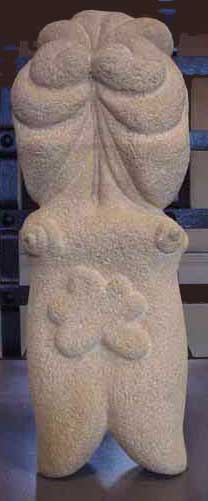
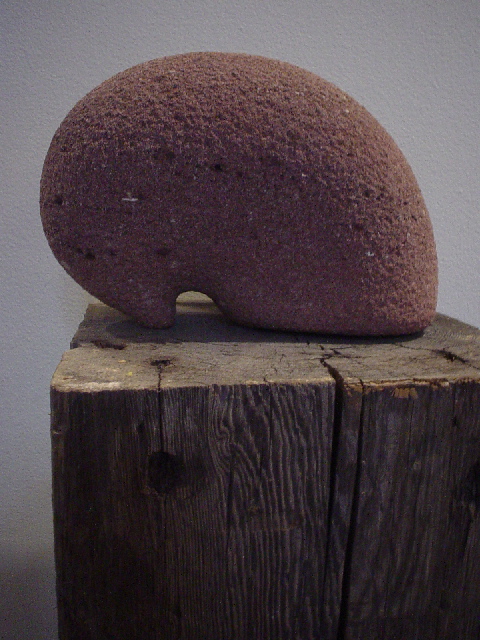
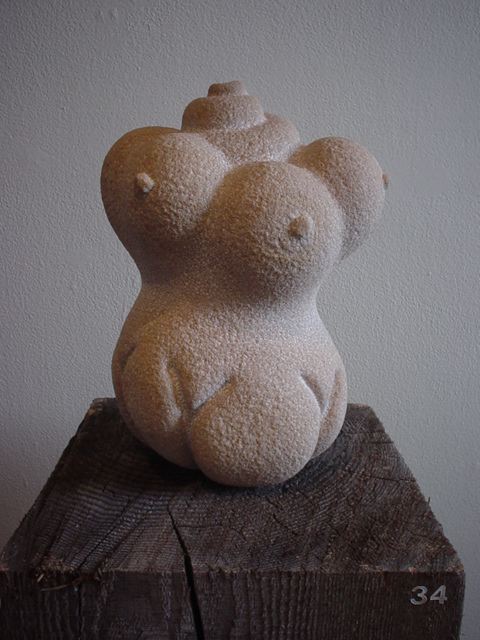
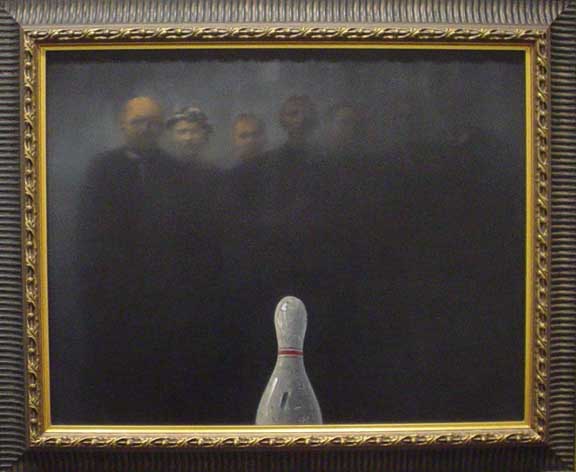

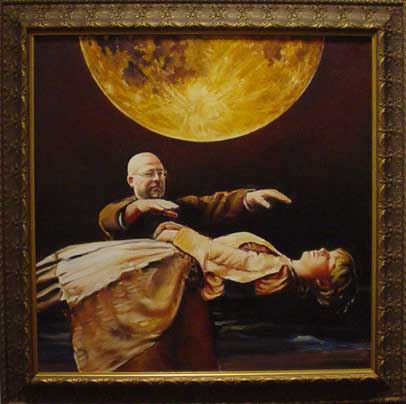
There are currently two exhibitions at the Duluth Art Institute of works that don’t deserve the oblivion most art is fated for. One is “Stone and Paper,” a display of the unapologetically sensuous stone sculpture and collage of Don Peterson. The other is “New Narrative Paintings,” twenty-one beautifully realized works by Scott Murphy,
a painter not only classically skilled, but with something to say.
Maybe it would have been too pat, but Don Peterson’s exhibit in the Institute’s John Steffl Gallery could have been titled, “Rock, Scissors, Paper.” The three disparate elements of the childhood game each offset the others, holding their qualities in tension. The collages, composed of extraordinarily delicate cutouts of finely patterned papers, some with tiny photographic additions, measure about four inches square, floated in wide black mats in black frames about nine inches square. Looking at them, it’s hard to believe the artist hasn’t spent his life in Japan. They’re exquisitely balanced and composed, like presentations of sushi.
Were it not for the obvious tenderness with which the stone sculptures have been carved (or, as he puts it, slowly pulverized and eroded into shape) it would be hard to believe that Peterson’s paper and stones were the work of the same man. But it becomes evident, with time, that they are. The stones are erotic–erotic touchstones—which make it tempting to breach museum decorum to touch them. Suggestive of the voluptuous sandstone temple sculpture of India, they are humanbodylike but (with a few exceptions) not so literally figurative—they are “invented forms,” most of them expressing the longing in and for the female body without literal depiction of the figure. They are polymorphously delicious to the eye, with lush little curves and demure creases and shapes like swirled cinnamon buns, twists, conical snail shells, protuberant small bellies. As the curator of the exhibit, Jeff Kalstrom, put it, “they’re human, like little babies; the size of loaves of bread.” Actually all just about that size, they are stone paradoxically made soft–made flesh. Most of the pieces are resolved and settled forms, but they look like they could grow.
Some of the works, “enlarged 1700 times,” are fancifully named after microscopically small pollen particles, given titles from a loopy, imaginary botanical taxonomy. Others have polysyllabic names derived from Greek. Peterson’s stones, softened and worn, give a sense of a man feeling his way along, carefully tapping the stone with a hammer as though he were blind, finding his way with a stick, feeling his way into his own interior as much as into the world outside.
Everything about the paintings of Scott Murphy (on exhibit in the George Morrison Gallery through December 7), from the artist’s careful selection of the frames to his handling of the immateriality of light, speaks of a painter in full command of the skill to bring forth exactly what he imagines. Your eye does not bounce off these paintings after a cursory glance but is absorbed into them, drinks them in, lingering with pleasure before the skill of their execution, and because they are so fresh and strange. Surreal without being puerile or wrenching the ordinary far out of place, they depict, with a poker face, unlikely situations that could very well be real, or right next door to real, in the sense that certain weird dreams feel more real than reality. To certify their strangeness and to nudge you towards a grasp of his narrative intent, Murphy (a union signpainter by trade) sometimes captions works, running legends right across the bottom of the canvases in Roman serif typefaces of great elegance. These few words enlarge your wonder and puzzlement; they are not so much explanatory captions as oblique, dry comment from the side streets of the painter’s mind.
Strange as these paintings are, they are not gratuitous; they feel full of meaning. This is an artist who gives everything to getting it across, deploying his mastery of traditional easel painting in the service of a highly original and uncompromising mind. Even if you can’t quite put your finger on exactly what these paintings mean, they are so engaging and so beautifully wrought that you wish you could live with them for years, just to be able to keep asking them.
It only takes a couple of hours to drive up to Duluth, but cosmopolitans of the Cities don’t often venture up that far. The Twin Cities tend to regard Duluth as a distant ice shelf peopled by bumpkins in dopey winter hats, making it hard for talents of the caliber of these two artists, Peterson and Murphy, to get the critical and commercial attention their work so clearly deserves. Listen, dealers, curators, collectors. There’s something going on up there that will repay your attention. These are two fine artists that it would be provincial to ignore.
(Photos for this story courtesy Duluth Art Institute.
Julia Durst’s piece from the Ripsaw on the Scott Murphy paintings can also be seen on this site.)